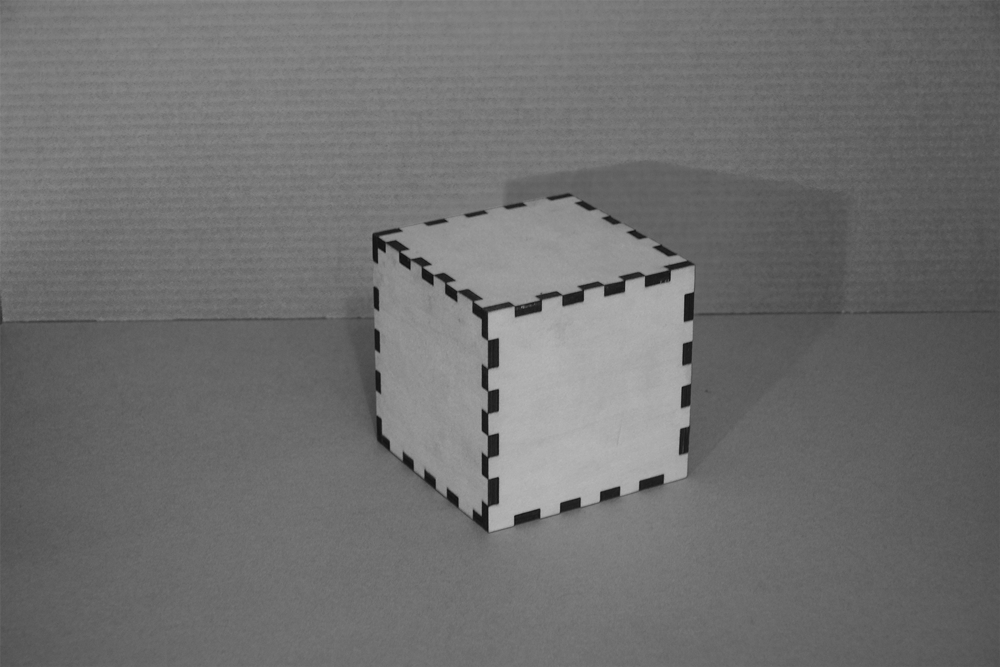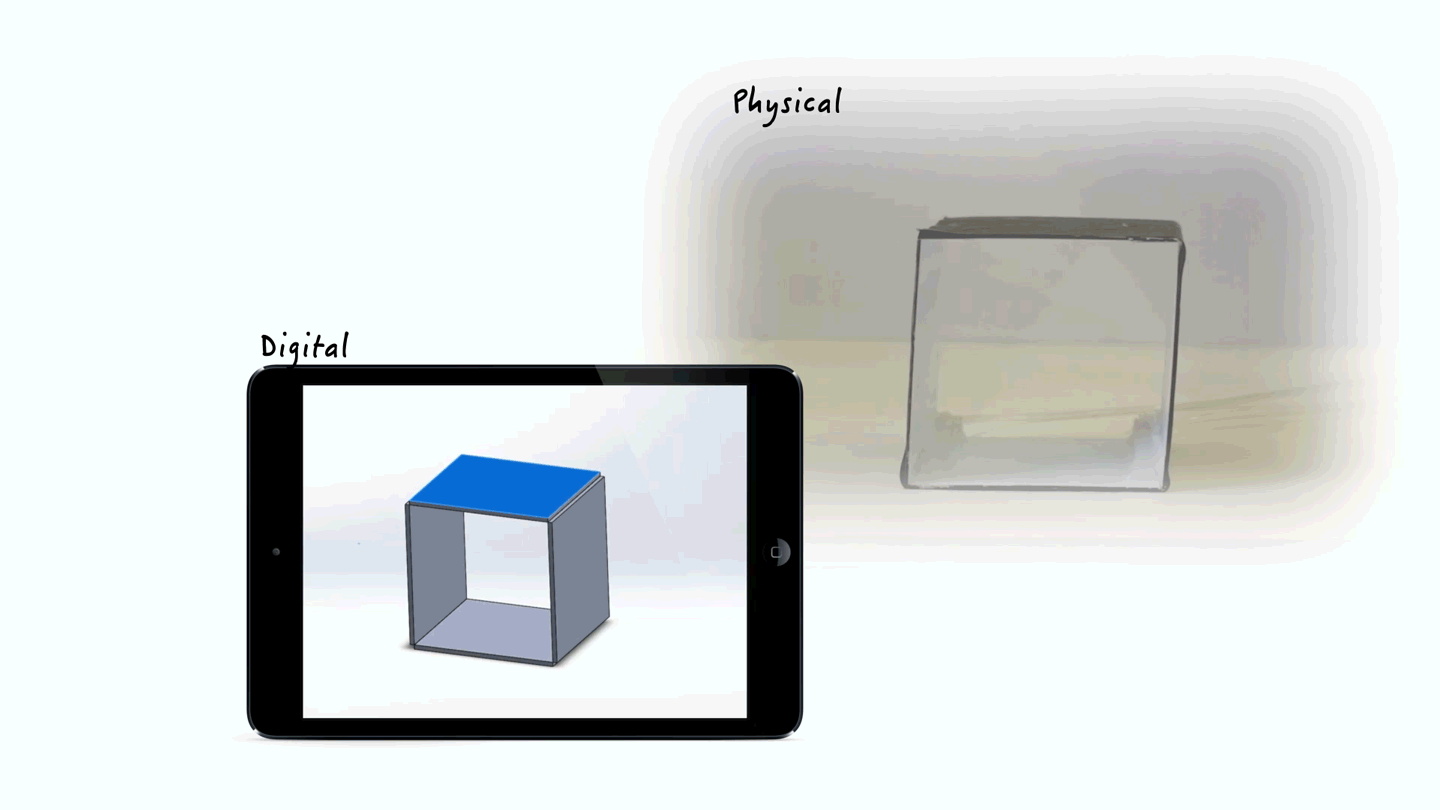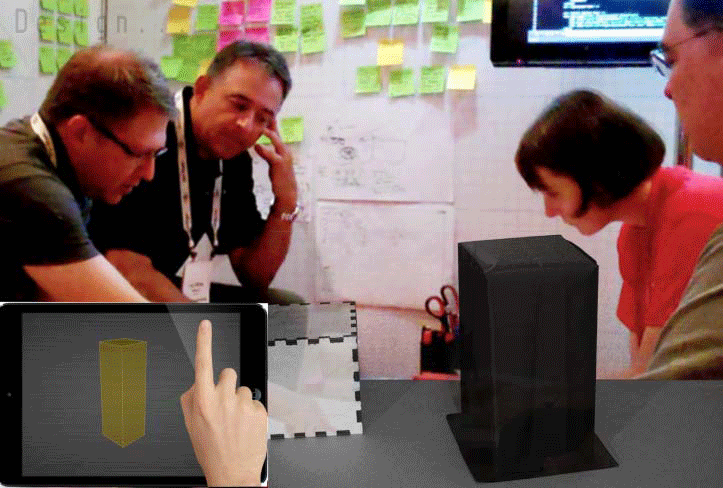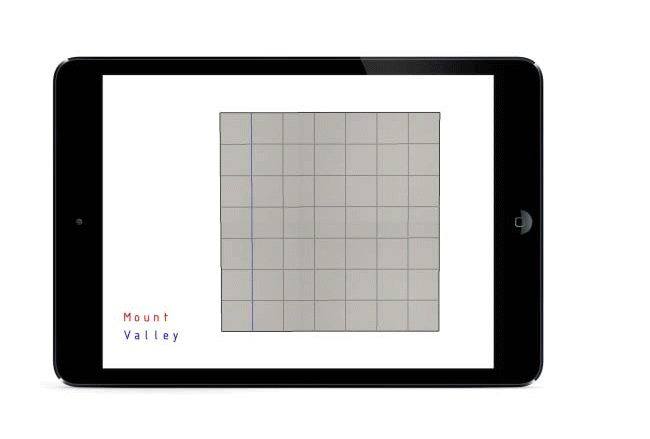Tangible User Interfaces
Instructor : Hiroshi Ishii
PneuForm
Team : Saurabh Mhatre | Malika Singh | Clark Della Silva | Yi Tong | Juli Edtya Sikorska
PneuForm is a new method for interacting with physical form through dynamic replication. It is the missing link between a physical and a digital model, where data is transmitted from a TUI to a GUI through a 3D model in real time. It can be manipulated both ways: physical interaction with the tangible model changes the data in the 3D model, as shown by the GUI, and changing parameters in the graphical user interface affects the physical model as it moves and changes it shape, and can thus be programmed to perform certain actions.

Interface between the Digital and Physical:
The PneuForm fabric is a composite fabric in which each pixel is made up of sensing and pneumatic actuating layers sandwiched between 2 structural layers. There is a constant exchange of information from the physical fabric to its digital counterpart and hence one can inform and transform the other. The fabric when laid on any form, based on the relative positions and angles of all the pixels, creates a digital model of that form. The user has the ability to transform the digital model and based on his inputs, the pneumatic actuators embedded in the pixels will make the fabric conform to the change. These interactions can take place between the physical fabric and its digital form or between 2 or more physical fabrics via their digital form.


The Folding Fabric :
The folding fabric consists of 6 pieces of laser cut plastic squares connected with 5 flex sensors (Figure x). All the flex sensors is connected in series by a wire going through the connect on the same side and then linked to the 5V linear regulator. The remaining connectors on each sensor are connected to 5 different analog inputs, A0,A1,A2,A3,A4 respectively and then connected to the ground in parallel with a 9.1k resistor in between, which serves as a voltage divider. The plastic board is glued and sealed in between two piece of black fabric. SO the folding fabric has 6 pixels. When the fabric is fold, the flex sensor between the boards will sense a ben. The flex sensor then changes its resistance when flexed and that change is measured using the corresponding analog pin on the Arduino.The analog pin serves as a voltage meter where at 5V (its max) it would read 1023, and at 0v it read 0.


Actuation
Pneumatic Silicone Actuators allow the transformation of the fabric just by its inherent material properties. The actuation is based on the fact is that when air is pumped and pressure is applied within the silicone channel the force acts on the largest surface. This causes the actuators to bulge along their longitudinal axis hence causing the fabric pixel to deform. When the air flow is stopped the actuator returns to its original position due to the restoring force of the silicone. Using the above principle a variety of hinges could be designed which have a direct co-relation between the amounts of pressure to the change in angle. By varying the pressures applied to the 2 pneumatic actuators the angle of the case can be changed. The same is also valid for changing the configuration of flat sheets into 3d objects.





Applications and Scenario
Learning: Technology is increasingly becoming part of education system, the use of computers for learning has increased over the past few years. In contrast here are many aspects of form and geometry which are better taught and learned using physical objects and models. For example in early classes of shape learning blocks of various shapes are used for teaching, similarly in early geometry classes various drawings and models are used to explain angles. But it is still difficult to translate and explain the transition of one angle to the other. This is where Pneuform has the capacity to enhance the learning experience by showed this transition. Pneuform can bridge the gap between, learning through physical objects and digital objects. Similarly it also can the capacity to be used for demos and presentation by design and art students, early ideation for projects, etc.

Design: There are many instances in the process of design that designers take inspiration from objects around them. The tracing capacity of Pneuform can help them do so faster and once the object is traced the changes or design enhancement made by the designer in the digital format can be easily visualized through the same physical interface ‘Pneuform’. In architectural practices this fabric can be explored even further by using fluid dynamics simulating on the digital model and simultaneously observing its impact on the physical object, allowing them to make necessary changes.

Partitions/ Curtains / Fashion : One of the most desired use of fabric is for fashion. Designers can use Pneuform to digitally build the shape of the body and accordingly design the fabric, like pleats and frills. This allows them to recreate as many alterations as they need to get the perfect design.

Physical Rehabilitation : There are many on going soft robotic projects undertaken to create pneumatic prosthetics for handicapped and physically challenged. Having the capability of re-creating the geometry traced by this fabric and actuating it using Pneumatics, similar technique used in soft robotics, there are many steps that can be shortened. This fabric has the ability to be able to trace and instantly actuate pixels that would bring about the right motion for the patient. Pneuform can also be used for other medical applications.
Future Work:
The goal of our research was to develop a method to seamlessly weave the physical and virtual world together. Currently we split the solution into two parts. The first part shows how we can get a digital model of an object by wrapping a smart fabric around it. The second part shows how a physical and virtual model can be linked, and changes to one model are reflected in the other. The main goal for future work is the integration of the smart cloth with pneumatic actuators into a single sheet, and we feel there are two research directions that benefit this goal. The first direction is working towards a better model capture system by developing a higher resolution smart cloth. This would allow models to be captured in higher detail, and the use of a cloth would allow for range of motion of an object to also be captured. The second is the design of miniaturized pneumatic actuators that are bidirectional and more robust. This would allow for the actuators to be embedded directly into the cloth, creating a unified system that can both measure and replicate.
Conclusion:
We demonstrated PneuForm, a new method for interacting with physical form through dynamic replication. We investigate how a dynamic connection between physical and virtual models can be formed by using a pneumatic smart cloth to capture and replicate an existing form. Once the form is replicated, PneuForm enables bidirectional interaction with the object by linking physical and virtual changes to the replicated form. As a proof of concept we developed two prototypes that explore how cloth can be used to capture the form of an object, and how pneumatic actuators can be used to drive the link between a virtual model and a physical object. Linking a physical and virtual model creates the possibility for interactions occurring simultaneously between the physical and virtual models. However, there are several challenges that need to be addressed before this system is to be fully realized. Our research acts as first step towards understanding how physical and virtual models can be dynamically linked, and in future work we want to explore how interacting with a joint model changes our understanding of an object.
This project was presented as a poster at the British Human Computer Interaction (HCI) conference at Lincoln,UK and the paper is currently part of the ACM Digital Library

